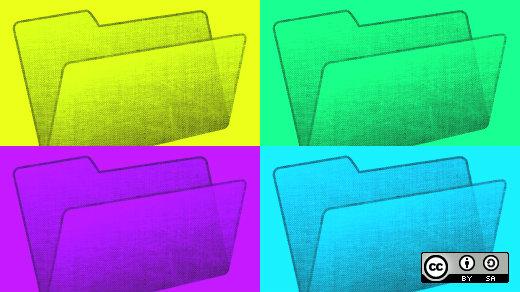

GetParentFolderName ( _file_ ) var PWD = WSH. */ /* Settings */ var SevenZipDir = undefined var SevenZipExe = "7z.exe" var ArchiveExts = /* Multi-use instances */ var WSH = new ActiveXObject ( "WScript.Shell" ) var FSO = new ActiveXObject ( "Scripting.FileSystemObject" ) var _file_ = WScript. Wie auch immer, hier ist das Drehbuch: = 1 /* vim:set offĬscript //nologo //e:jscript "%~dpn0.bat" %* Also, wenn 7z.exeist bei C:\Windows\system32\7z.exe, würden Sie sagen: var SevenZipDir = "C:\\Windows\\system32" (Zum Beispiel 7za.exe oder 7z-real.exe) Sie können auch ein Standardverzeichnis für die ausführbare Datei festlegen, indem Sie SevenZipDir ändern. Wenn Sie ändern möchten, wie es aussieht, können Sie die Variable SevenZipExe oben im Skript in den Namen der ausführbaren Datei ändern. Standardmäßig überprüft das Skript den Ordner des Skripts sowie die PATHUmgebungsvariable Ihres Systems auf 7z.exe. bat) und führen Sie Folgendes aus: xtract.bat
#Tar gz unzip code
Kopieren Sie einfach den Code in eine Datei mit dem Namen xtract.bat oder so ähnlich (kann beliebig lang sein, solange sie die Erweiterung hat. Nachdem dies gesagt wurde, finden Sie hier ein WSH-JScript-Skript, mit dem Sie das tun können, was Sie benötigen.
#Tar gz unzip archive
In this pop-up window, locate the folder you wish to empty the Tar GZ archive contents to. After selecting Extract to, a pop-up window will appear. Then, look through the right-click menu for Extract to, and select it with the mouse. The archive will be extracted in the current working directory after the tar command automatically identifies the compression type.Sie verwenden Windows XP, daher sollte Windows Scripting Host standardmäßig installiert sein. First, right-click on the Tar GZ archive within the Ubuntu file manager. We can extract these kinds of files using the following command. gunzip filename.gzĪnd to keep the compressed file. To decompress using the file using gunzip, use the following command. Use the gunzip Command to Decompress a File in Linux
#Tar gz unzip full
z instructs tar to decompress the files without this, you’d have a folder full of compressed files. v means verbose, or to list out the files it’s extracting. Same as in the compression, we can use the -k option to keep the original compressed file and decompress it. wzunzip -d file.gz PATH If you need to extract the contents of a complex archive, such as a tar.gz or tgz file (each being an archive with a tar file inside), you would need two commands: wzunzip PATH wzunzip file.tar PATH Earlier versions of the add-on only support creating and unzipping Zip files (.zip or. The basic command is tar, followed by four options: x instructs tar to extract the files from the zipped file. We can use the -d option with gzip command to decompress the.
:max_bytes(150000):strip_icc()/tar-56a763365f9b58b7d0ea0473.png)
Use the gzip Command to Decompress a File in Linux We can also maintain the original file by using the -k option. We can use the following command to keep the original file as well. The command above compresses the file without keeping the original. Use the gzip Command to Compress a File in Linux gzip filename The gzip command is primarily used for file compression on Unix operating systems. It usually contains a single compressed file, but it can also hold multiple compressed files. tar.gz Files in LinuxĪ GZ file is an archive file that has been compressed using the GNU zip (gzip) compression algorithm.



 0 kommentar(er)
0 kommentar(er)
